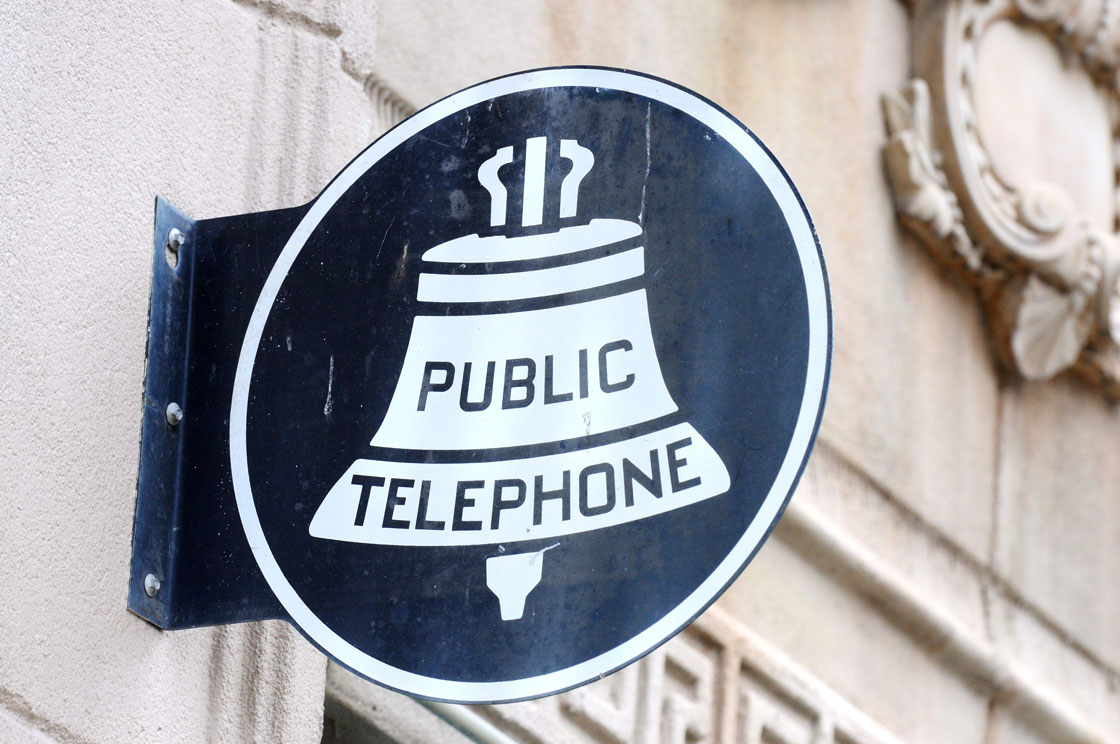During the first three months of the year, no less than 155,000 or so telephone customers in Canada likely cut their account, according to industry estimates.

And that’s actually an improvement on the number who shed traditional phone services a year earlier.
The principle reason for the landline’s decline is obvious: Phones have become tethered to individual people, not homes.
With eight in 10 Canadians now subscribing to wireless services, a landline has for many devolved into a conduit for telemarketing pitches and little more.
“A lot of people are just disconnecting, period,” Eamon Hoey, a Toronto-based telecom analyst says.
But Hoey provided an indication of how many disconnections there have been in recent years by way of a recent comment made to him by MTS, the incumbent phone provider in Manitoba.
“They told me MTS has lost a quarter of their landline business,” the analyst said. “That’s an astronomical number.”
Bundling
The descent of the fixed-line phone began about a decade ago, just around the time wireless services were moving beyond just business types and into the mainstream.
But it wasn’t cellphone substitution that accounted for the disconnections (most anyway). It was cable firms like Rogers and Shaw (which owns Global), who began selling phone services over their own cable networks.
It was around 2008, however, that wireless substitution started to become a bigger factor and losses started mounting (see chart) – coincidentally around the time of the iPhone’s introduction.
Since then, the big phone firms appear to be succeeding at slowing the decline through bundling. Big network improvements in recent years have transformed old copper lines into bigger, fibre-laden pipes capable of supporting TV services and higher-speed Internet.
By packaging in phone with the other two, subscriber losses have slowed.
But they are still falling.
“It’s on the decline,” Hoey said.
Still, if Canadians’ affinity for other older communications technologies is an indication, the traditional phone business will be around for a long, long time to come.
Consider the 219,000 subscribers who still carried around a pager in 2011.






Comments